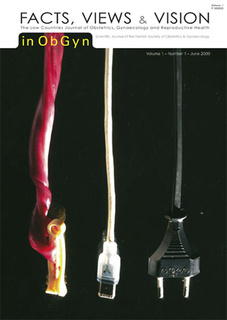Patient acceptance of Self-Operated Endovaginal Telemonitoring
Artificial reproductive technology, patient-empowerment, ovarian stimulation, self-operated vaginal sono graphy.
Published online: Dec 31 2009
Abstract
Introduction: Serial vaginal sonographies to monitor ovarian stimulation for assisted reproductive technologies (ART) remain a drawback for patients and health care providers.
Aim of the study: We asked patients make their own vaginal sonographies with a view to developing a home-applied vaginal probe and have them sent over the internet for analysis followed by same-day dosing advice and instructions.
Twenty-five patients and their partners were questioned regarding the
acceptability of this development. Reactions were unanimously positive.
Using data from five attempts, we assessed concordance between clinical
decisions taken on the basis of real-time sonography and those taken
by a blinded assessor who interpreted the images later with nothing
but standardized information regarding the patient. In all cases the same
clinical decisions were taken. Twentyone
patients were taught by midwives to record images themselves using an
experimental set-up consisting of a small
sonograph and a hospital intranet link to a stand-alone computer. Images
were excellent and could be easily interpreted
as if made in situ.
Results: Proof of concept was concluded from this initial experience.
Specifications of the optimal instrument and
operational algorithms fitting the needs of patients, health care providers
and insurers, have to be developed. The
advantages of such a patient-empowering and environment-friendly technology
are explored in this paper.



